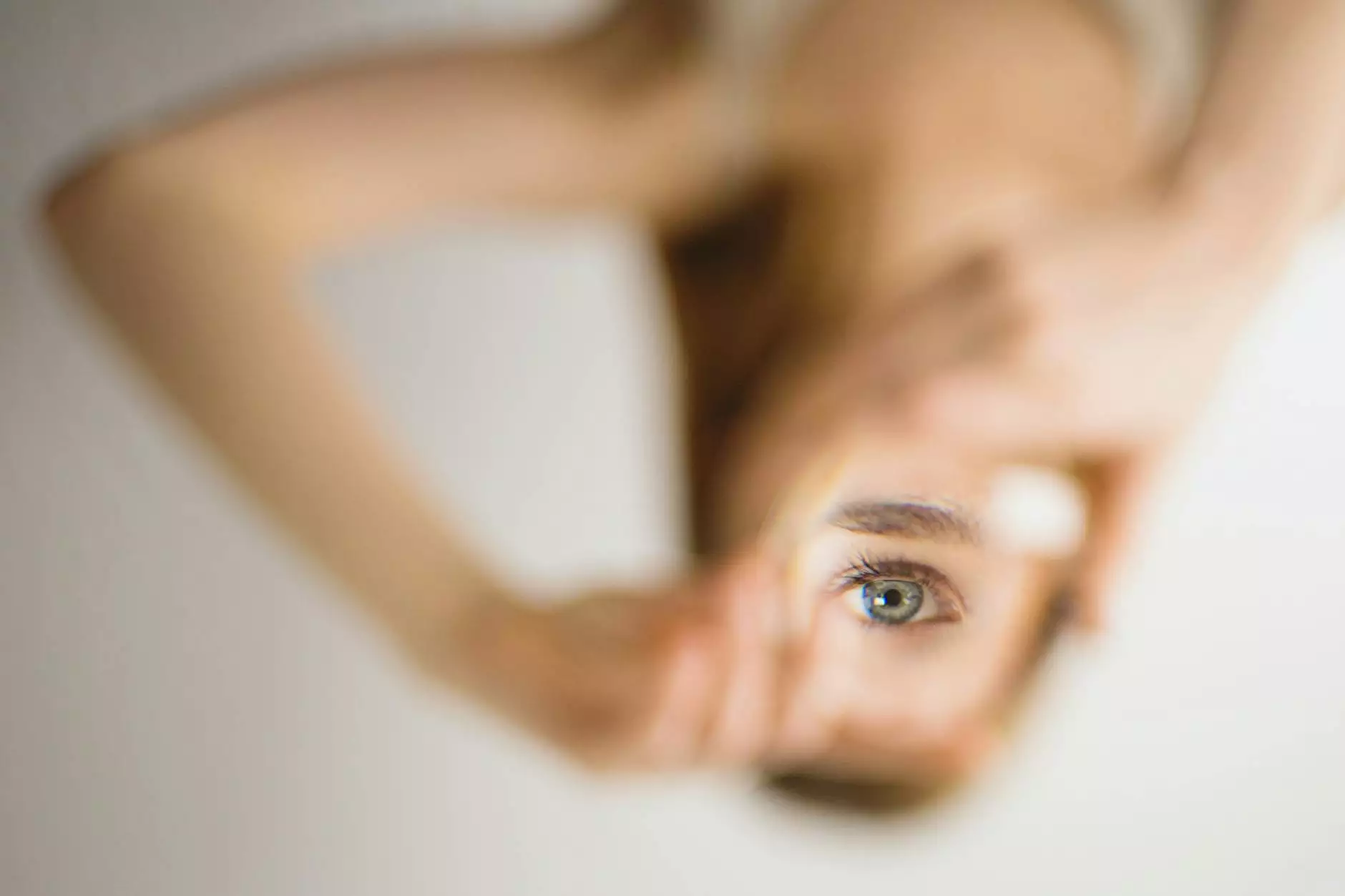20/20 In Hindsight: The Snellen Eye Chart
Blog
The Importance of a Clear Vision
When it comes to our overall health and well-being, vision plays a crucial role. Being able to see clearly not only allows us to navigate the world around us, but it also impacts our quality of life. That's why regular eye exams are essential in detecting any potential vision issues and maintaining optimal eye health. One important tool used during eye exams is the Snellen Eye Chart.
The History of the Snellen Eye Chart
Named after Dutch ophthalmologist Herman Snellen, the Snellen Eye Chart was created in the 1860s as a standardized way to assess visual acuity. Snellen recognized the need for a standardized chart that could accurately measure an individual's ability to see and identify different letters at various distances.
The chart consists of multiple rows of letters, with the largest letters at the top and progressively smaller ones at the bottom. Each row represents a different level of visual acuity, with the top row usually corresponding to 20/200 vision (legally blind) and the bottom row representing 20/10 vision (exceptionally sharp).
Using the Snellen Eye Chart
During an eye examination, you will be asked to stand or sit a specific distance away from the chart. The standard distance is 20 feet, although some charts may be adjusted for shorter distances. Your eye care specialist will then ask you to read each line from top to bottom, covering one eye at a time if necessary.
The numbers associated with the rows, such as 20/20 or 20/40, represent the visual acuity measurement. The first number is the distance at which the chart is viewed (20 feet), and the second number indicates the distance at which a person with normal vision can read the same line.
Interpreting the Results
Based on your ability to accurately read the lines on the Snellen Eye Chart, your eye care specialist can assess your visual acuity. If you can read most of the smaller lines, you likely have good vision. On the other hand, struggling to read the larger lines may indicate a need for vision correction.
If your test reveals less than 20/20 vision, your eye care specialist might recommend corrective measures such as eyeglasses or contact lenses to help improve your visual acuity. Regular eye exams using the Snellen Eye Chart are crucial to monitor any changes in your vision and ensure early detection of any potential eye conditions.
Expert Eye Care at David J Scholten, OD, PC
At David J Scholten, OD, PC, we understand the significance of clear vision for your overall well-being. As a trusted and experienced eye care specialist, we provide comprehensive eye exams using advanced diagnostic tools, including the Snellen Eye Chart. Our goal is to help you achieve and maintain optimal eye health.
With our dedicated team of professionals, we offer personalized care and tailor treatment plans to meet your specific needs. Whether you require vision correction, treatment for eye conditions, or simply a routine eye check-up, we are here to serve you.
Conclusion
The Snellen Eye Chart is an essential tool in assessing visual acuity and detecting any potential vision problems. Regular eye exams using this chart allow eye care specialists to identify the need for vision correction and monitor the overall health of your eyes. Trust David J Scholten, OD, PC to provide expert care and ensure your vision is in optimal condition.




